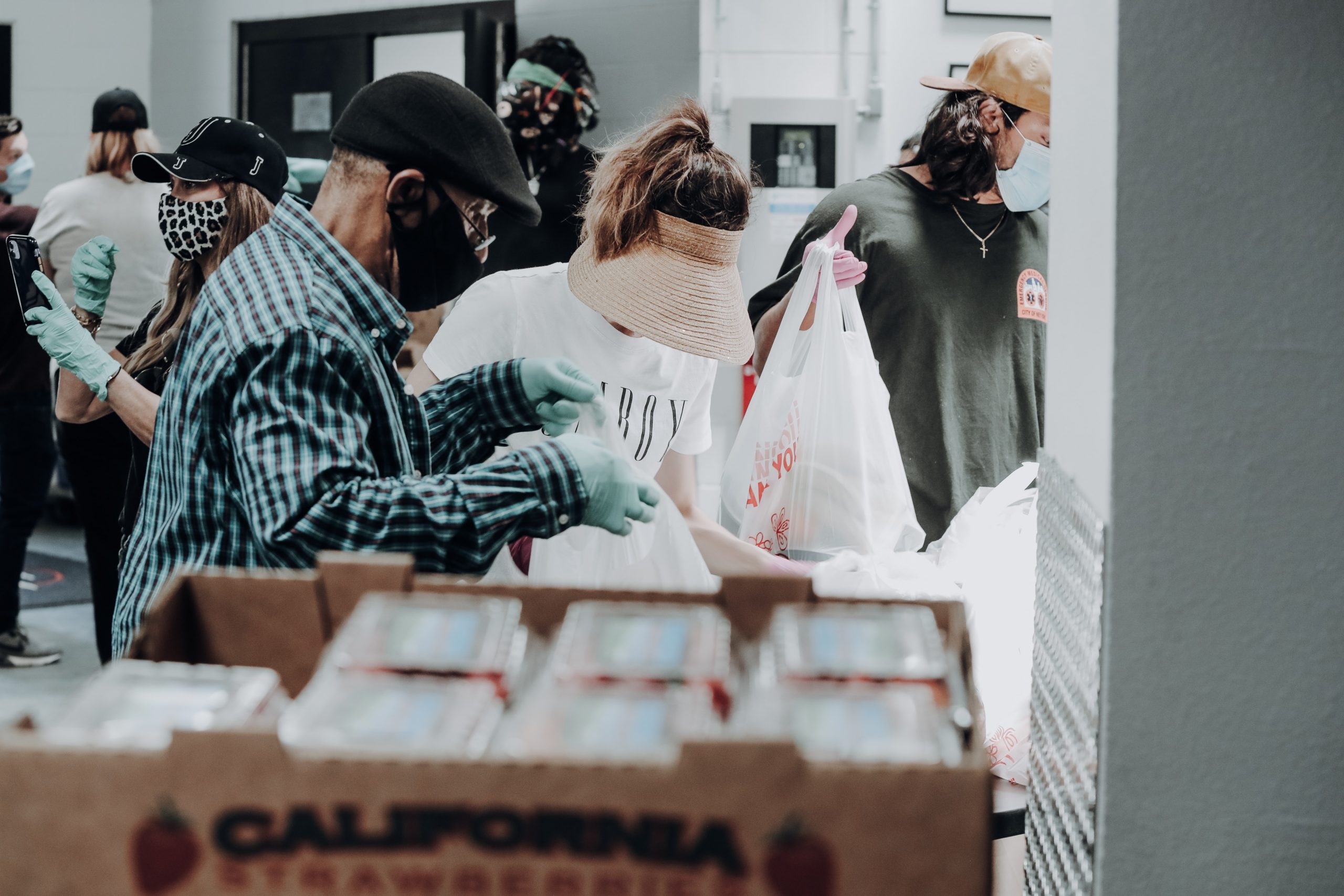
Because of the gathering restrictions put in place due to the COVID-19 pandemic, right now, in-person, hands-on volunteering opportunities are limited—and at a time when extra help is needed most. Many employees, perhaps looking to make a positive impact, are seeking out ways to volunteer and lend a hand. So it’s imperative to rejigger existing programs and pivot to digital in order to meet this demand.
Although some folks feared that investment in corporate social responsibility (CSR) would be cut because of the financial impact of the pandemic on companies, Susan McPherson, founder and C.E.O. of McPherson Strategies, a communications consultancy that develops social responsibility and philanthropic initiatives, says that the opposite has actually happened.
“We've seen massive investments in local communities, including funding to support local businesses, improvised programs to encourage racial equity, increased diversity in C-suites and boards, continued emphasis on more sustainable supply chain operations, and most certainly louder rallying cries for reduced corporate carbon emissions,” she says. “There is a deep-seated understanding now that we are all connected, no matter where our company operates across the world. There is no way that this understanding will simply disappear overnight. COVID has taught us that we are inextricably tied to the environment and each other.”
In fact, according to a recent report by corporate purpose software company Benevity, there’s been an increased uptake in virtual volunteering over in-person activities, resulting in 786,000 volunteer hours between March 1 (just before the World Health Organization declared COVID-19 a global pandemic) and April 30.
By employing virtual volunteering options, you can adapt your CSR programs and continue to activate your employees safely. Read on for guidance on shifting your offerings and encouraging your employees to volunteer during this trying time.
As we mentioned, because of COVID-19-related restrictions and physical distancing measures, large team building events and days of service that were the cornerstones of volunteering programs are now nearly impossible. But, just as we’ve pivoted in-person events to virtual, so too goes volunteering.
“Even though we are severely limited to what we can do in-person in terms of volunteering, we know that online platforms allow each of us to fundraise for causes, share important information with our social networks, and transfer our various skills to others—whether through teaching coding, financial literacy, or even reading aloud to young children or the elderly,” McPherson explains.
When it comes to volunteering in general, companies typically leverage their strengths toward a greater purpose or cause (known as skills-based volunteering), supporting organizations that fit with their overall mission and brand reputation. The same strategy can be applied to virtual volunteering opportunities.
For example, from April 2-5, more than 700 folks from eight organizations in Canada—Accenture, Capgemini, Deloitte, EY Canada, IBM, Microsoft, PwC Canada, and SAP—came together virtually for the We vs. Virus hackathon. The teams devoted thousands of hours over four days towards developing solutions for challenges associated with COVID-19, including: how to manage the physical and emotional effects of isolation; how to encourage citizens to follow pandemic safety measures; how to find or create temporary sources of work and income for affected Canadians; and more.
Adobe set up a virtual team building event using one of its own products, Adobe Spark, to create get-well cards for people who were suffering from COVID-19. The cards were sent virtually or, in some cases, printed and mailed to causes to distribute to patients.
Toward the start of the lockdowns in Europe, popular British tea brand PG Tips funded the training of 2,000 volunteers via the Re-engage program, which created a telephone befriending service for older people called Call Companions, in an effort to fight loneliness. According to the charity, there are more than 2.2 million people over the age of 75 who live alone in the U.K.
Even Matthew McConaughey hosted a few rounds of virtual bingo for The Enclave at Round Rock Senior Living in Texas back in April.
First, keep in mind that nonprofit groups and partner organizations that your company worked with in the past might not have virtual volunteering programs in place or may need help in other ways. Instead of actual volunteers, they could be looking for assistance with technology or infrastructure. So consult with the programs and ask what their current needs are and then try to design virtual volunteer opportunities around that if possible. For example, Microsoft gave away free licenses to its Teams software to organizations that had transitioned to remote work.
Here are some virtual volunteering opportunities and resources to get you started:
Also, be mindful of your employees’ current situations. Do they have the mental bandwidth to volunteer? Think about establishing an internal colleague-to-colleague support program. For example, SAP recently launched a series called #sapkids, where employees can support their colleagues who have kids by offering up 30 minutes to host a virtual music class, exercise session, or storytime.
Even though most of us are working apart right now, there are still ways to bring teams and employees together to help create a positive impact thanks to virtual volunteering opportunities.